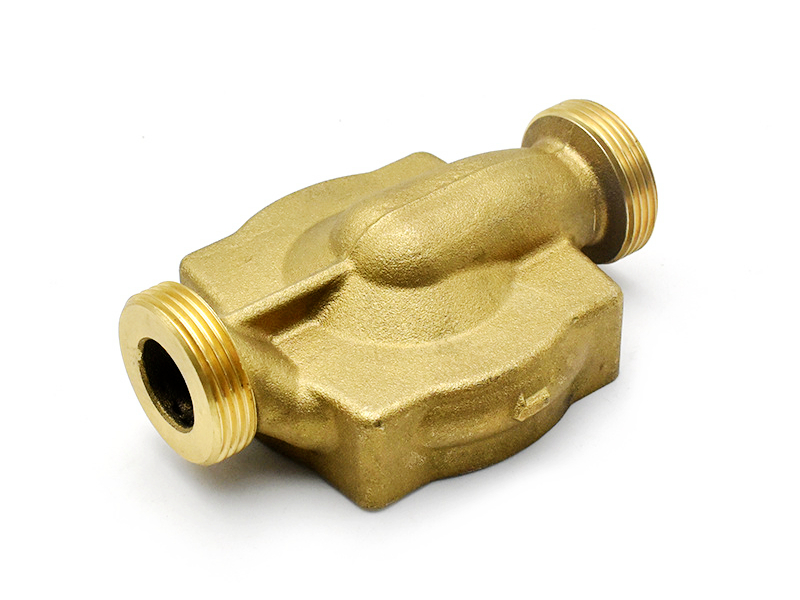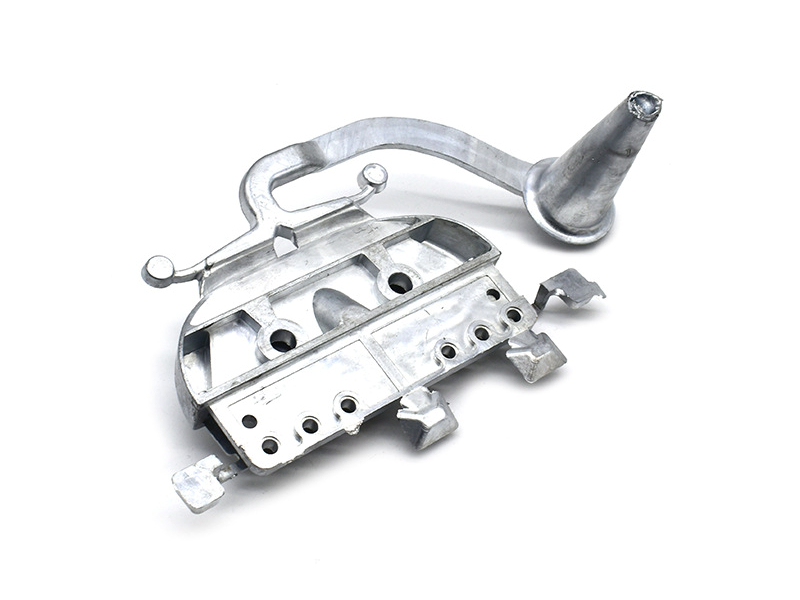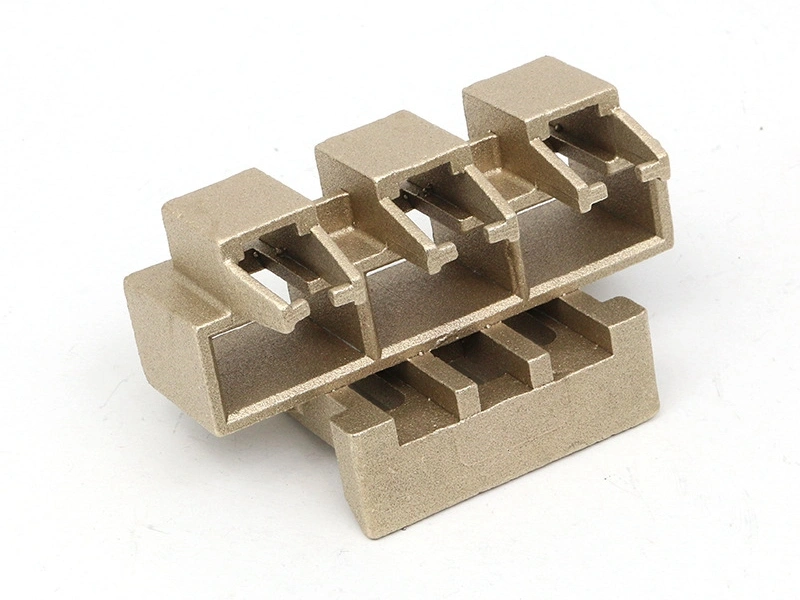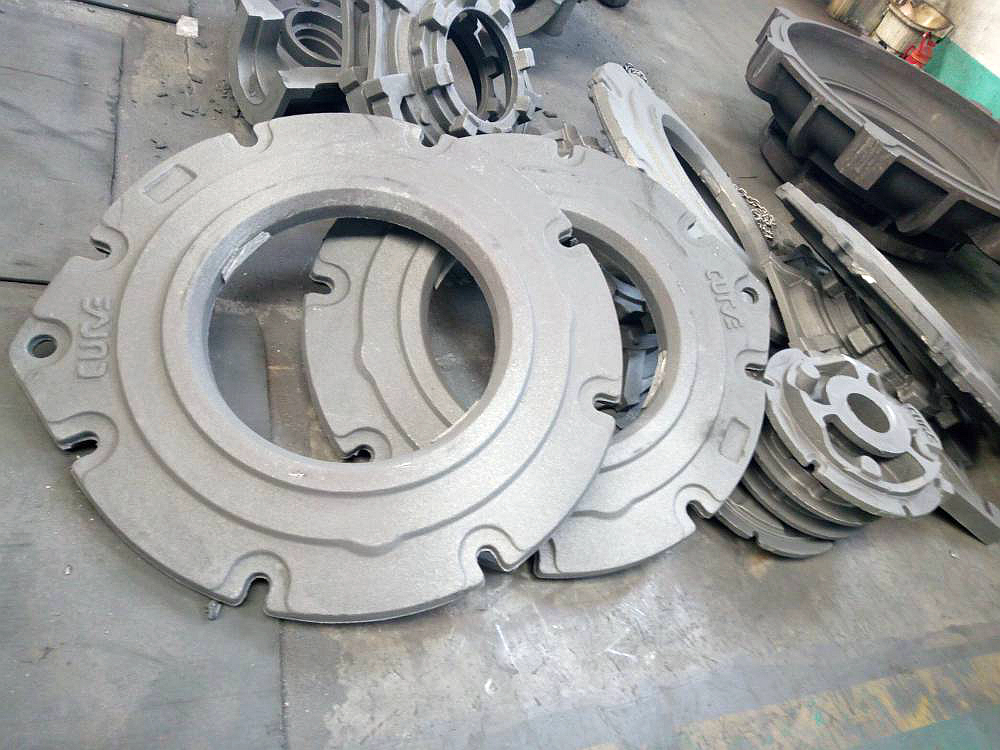When To Choose Copper for Die Casting
When applications demand excellent thermal conductivity, corrosion resistance, and mechanical strength, copper die casting offers a superior solution. At Neway, we provide precision copper die casting services for industries that require parts capable of withstanding aggressive environments and mechanical stress, particularly in marine, electrical, and industrial applications.
This article outlines the key advantages of copper alloys in die casting and guidelines on when to choose copper over aluminum or zinc for your project.
Advantages of Copper Alloys in Die Casting
Copper and copper-based alloys such as brass and bronze exhibit a unique combination of physical and mechanical properties that make them ideal for specialized casting applications.
Exceptional Thermal and Electrical Conductivity
Copper is second only to silver in electrical and thermal conductivity. Pure copper (C101) has a thermal conductivity of approximately 390 W/m·K and an electrical conductivity of 100% IACS. Even copper alloys like Brass 360 and CuZn40 maintain excellent conductive properties, making them ideal for:
Electrical terminals and bus bars
Heat exchangers and radiator components
High-power switchgear parts
Outstanding Corrosion Resistance
Copper alloys resist environmental degradation, oxidation, and many corrosive chemicals. Alloys like CuNi10Fe1 are commonly used in marine systems due to their resistance to saltwater and biofouling. For plumbing and fluid-handling systems, copper alloys prevent bacterial growth and degradation.
Typical corrosion performance includes:
Salt spray resistance exceeding 1,000 hours (with proper surface finish)
Resistance to acidic and alkaline environments
Stable performance in high-humidity and coastal atmospheres
High Mechanical Strength and Wear Resistance
Copper-based die casting alloys can achieve tensile strength levels ranging from 310 to 450 MPa and Brinell hardness values up to 150 HB. This makes them suitable for components that must withstand continuous mechanical stress, friction, or impact.
Applications include:
Valve bodies and impellers
Mechanical bushings and wear rings
High-pressure fittings and couplings
When to Choose Copper for Die Casting Projects
Copper die casting is typically recommended for parts requiring the following performance characteristics:
1. High Thermal or Electrical Conductivity
Copper’s unmatched conductivity makes it the first choice for:
Electrical contact points and bus bars
Grounding clamps and terminals
Heat sinks and high-efficiency heat spreaders
While aluminum is a common alternative, copper offers approximately 60% higher electrical conductivity and significantly better thermal inertia, especially under high-load conditions.
2. Resistance to Corrosive Environments
For marine and industrial fluid systems, copper and brass components provide:
Long-term stability in saline, chlorinated, or chemically aggressive environments
Resistance to dezincification and stress corrosion cracking in alloys such as Brass 464
Reliable performance in HVAC, potable water, and fire suppression systems
This makes copper alloys ideal for:
Water pump housings and manifolds
Naval hardware and offshore structures
Industrial process valves and fittings
3. High Mechanical Load and Friction Applications
Copper alloys have exceptional fatigue and impact resistance. Alloys such as C18200 and C17500 are frequently used in:
High-speed rotating components
Resistance welding electrodes
Structural support brackets and couplings
These materials provide superior performance in applications with repeated load cycles, vibration, or surface contact.
4. Antimicrobial or Bio-Safe Requirements
Copper and its alloys possess inherent antimicrobial properties, making them ideal for:
Medical equipment and touch surfaces
Sanitary fittings in hospitals and laboratories
Drinking water and food-grade plumbing systems
Studies show that copper surfaces can kill 99.9% of bacteria such as E. coli and MRSA within 2 hours of exposure.
5. Decorative and Architectural Components
Copper-based alloys are often selected for components requiring both aesthetic appeal and durability. When combined with Neway’s post-processing treatments—such as polishing, painting, or plating—copper parts can achieve both high functionality and luxury-grade finishes.
Common Copper Die Casting Alloys
Brass 360
Tensile strength: ~345 MPa
Hardness: ~80 HB
Machinability rating: 100 (industry benchmark)
Used in connectors, plumbing parts, and decorative fittings
CuZn40
Higher strength and corrosion resistance
Cold-workable and pressure-tight
Used in industrial fluid and gas systems
CuNi10Fe1
Exceptional seawater corrosion resistance
Tensile strength: ~390 MPa
Used in naval, offshore, and marine components
C18200 (Chromium Copper)
Tensile strength: up to 450 MPa
Electrical conductivity: ~80% IACS
Used in welding, switchgear, and thermal dissipation systems
View our complete selection of copper/brass alloys for more technical data.
When Copper May Not Be Ideal
Despite its advantages, copper die casting may not be suitable for every scenario:
Copper’s melting point (1085 °C) results in increased tool wear and energy usage
Die life is shorter compared to zinc or aluminum, especially for high-complexity molds
Higher material cost and processing difficulty may affect the feasibility for non-critical applications
Extremely thin walls (<1.0 mm) are more difficult to cast compared to zinc
Consider zinc die casting or aluminum die casting for less demanding environments or lower-cost applications.
Full-Service Copper Casting Support from Neway
At Neway, we offer a complete end-to-end solution for copper die cast parts:
Design for Manufacturability for mold-friendly geometries and thermal control
Tool and die making using hardened steel with thermal regulation
Rapid prototyping for early validation
Post-machining, finishing, and assembly in-house
Low-volume manufacturing to mass production with ISO 9001:2015-certified quality
We guide customers through material selection, process optimization, and lifecycle management to maximize value and performance.
Conclusion
Copper die casting is a powerful choice for components that must excel in conductivity, corrosion resistance, durability, and wear resistance. It is ideal for demanding marine, electrical, medical, and mechanical applications where performance and reliability are non-negotiable.
If you’re considering copper alloys for your next project, contact Neway for a quote or technical consultation.




